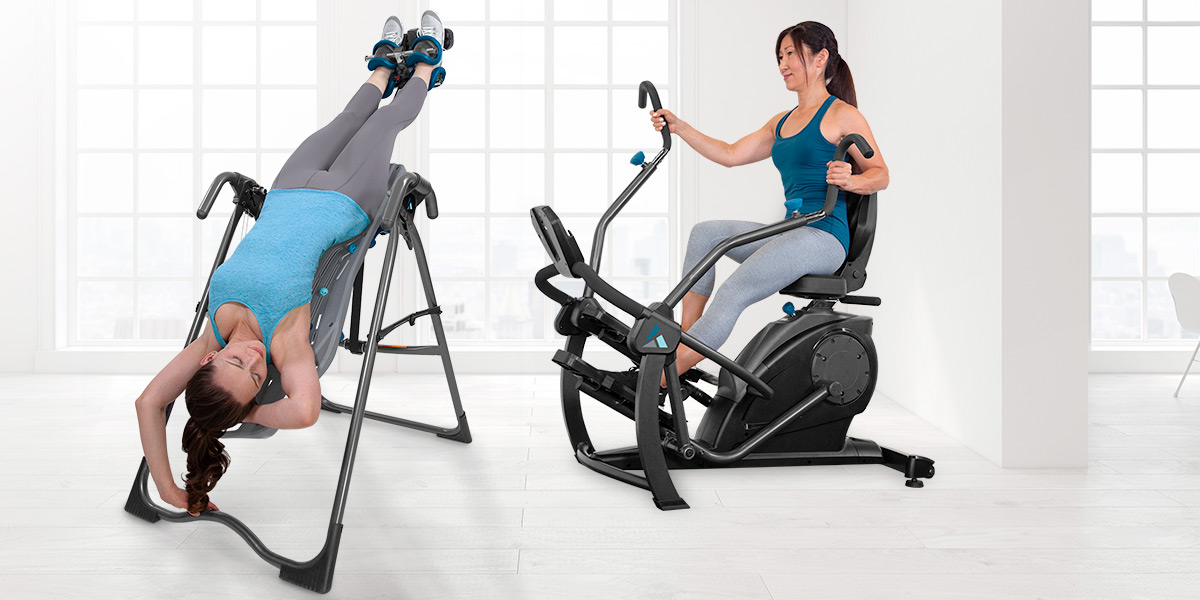Rehabilitation Equipment: Empowering Recovery and Enhancing Lives
Rehabilitation is a crucial phase in the journey of individuals recovering from various health conditions, injuries, or surgeries. The use of advanced rehabilitation equipment plays a pivotal role in facilitating this process, helping individuals regain their independence and improve their quality of life. This article explores the diverse range of rehabilitation equipment available, highlighting their significance in different aspects of recovery.
Mobility Aids:
Mobility aids are essential rehabilitation tools that assist individuals in regaining their ability to move. This category includes items like crutches, walkers, and canes, designed to provide support and stability. Innovative advancements have led to the development of electronic mobility devices such as electric wheelchairs and scooters, offering increased independence to those with mobility challenges.
Exercise and Strength Training Equipment:
Rebuilding strength and flexibility is a key component of rehabilitation. Exercise equipment tailored for rehabilitation includes resistance bands, balance boards, and stationary bikes. These tools help individuals gradually regain muscle strength and coordination, promoting a faster and more effective recovery.
Assistive Devices for Activities of Daily Living (ADL):
ADL assistive devices are designed to help individuals perform daily tasks independently. This category includes items such as adaptive kitchen tools, dressing aids, and modified utensils. These devices empower individuals by making routine activities more manageable during the rehabilitation process.
Orthopedic Rehabilitation Equipment:
Orthopedic rehabilitation often involves specialized equipment like braces, splints, and orthotic devices. These aids support the healing process by providing stability to injured joints or limbs. Continuous advancements in material and design contribute to increased comfort and effectiveness in orthopedic rehabilitation.
Neurological Rehabilitation Equipment:
For individuals recovering from neurological conditions such as strokes or traumatic brain injuries, specialized rehabilitation equipment is crucial. This includes devices like neurostimulation equipment, robotic exoskeletons, and virtual reality systems. These innovative tools aim to stimulate neural pathways, improve motor skills, and enhance overall cognitive function.
Pain Management Devices:
Pain is a common challenge during rehabilitation. Pain management devices, including transcutaneous electrical nerve stimulation (TENS) units and heat/cold therapy devices, provide non-invasive methods to alleviate pain. These devices are valuable in promoting comfort and encouraging active participation in rehabilitation exercises.
Aquatic Rehabilitation Equipment:
Water-based rehabilitation is gaining popularity for its low-impact nature and therapeutic benefits. Aquatic rehabilitation equipment includes underwater treadmills, resistance jets, and buoyancy aids. These tools facilitate exercise in a controlled aquatic environment, promoting muscle strength and joint flexibility with reduced impact on the body.

Cognitive Rehabilitation Tools:
Cognitive rehabilitation is vital for individuals recovering from brain injuries or cognitive impairments. Innovative tools such as computer-based cognitive training programs, memory aids, and interactive apps are designed to stimulate cognitive functions. These tools engage users in activities that challenge and improve memory, attention, and problem-solving skills, contributing to a holistic recovery process.
Robotic Rehabilitation Devices:
Advancements in robotics have paved the way for robotic-assisted rehabilitation devices. These include robotic exoskeletons and robotic limbs that aid individuals in relearning movement patterns and regaining motor control. Robotic devices offer a targeted and intensive approach to rehabilitation, often under the guidance of healthcare professionals, accelerating the recovery process.
Telehealth Rehabilitation Solutions:
In the era of digital connectivity, telehealth plays a growing role in rehabilitation. Remote monitoring devices, virtual consultations, and tele-rehabilitation platforms allow healthcare providers to supervise and guide patients in their recovery from a distance. This not only enhances accessibility but also enables ongoing support beyond traditional clinic visits.
Challenges and Future Trends:
While rehabilitation equipment has made significant strides, challenges persist. Accessibility, cost, and awareness are key issues that need attention to ensure that individuals from diverse backgrounds can benefit from these tools. Moreover, ongoing research and development are expected to bring about more user-friendly, cost-effective, and personalized rehabilitation solutions, ensuring a broader reach and greater efficacy.
Conclusion:
Rehabilitation equipment continues to be a driving force in empowering individuals to reclaim their lives after injury, illness, or surgery. The diverse array of tools available, ranging from traditional aids to cutting-edge technology, reflects the multi-faceted nature of the rehabilitation process. As we move forward, the integration of technology, telehealth solutions, and a focus on individualized care promise a future where rehabilitation is not only effective but also accessible to all, fostering a society where recovery knows no bounds. With ongoing advancements, rehabilitation equipment stands as a beacon of hope, guiding individuals towards a brighter and more independent future.
Rehabilitation equipment has evolved significantly, contributing to more effective and personalized recovery journeys. The diverse range of tools available addresses various aspects of rehabilitation, from mobility and strength training to activities of daily living. As technology continues to advance, the future holds even more promising developments in rehabilitation equipment, offering hope and support to individuals on their path to recovery.

